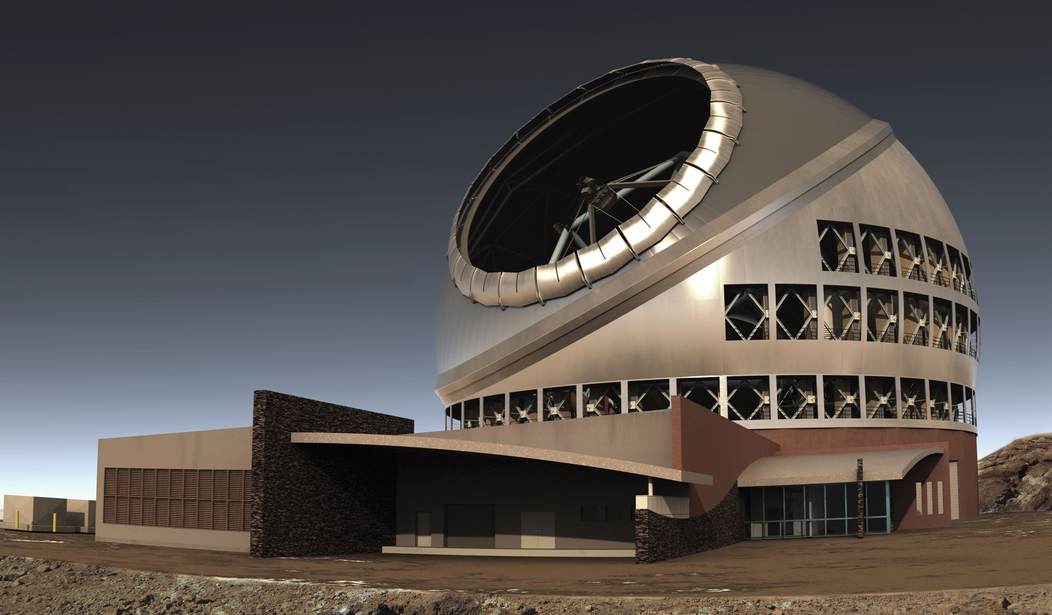The recent release of the Intelligence Authorization Act for fiscal year 2022 brought with it more confirmation of the government’s ongoing interest in examining reports of unidentified aerial phenomena spotted by members of our military. The Senate is calling on all elements of our military and intelligence agencies to cooperate in sharing information, dedicate more resources to the project, and release follow-on reports. For those interested in the topic, this is potentially good news, provided at least some of it makes its way out to the public as was done in June.
There are a couple of potential problems with this scenario, however. Despite admitting that the UFOs are real, physical objects detected through multiple sensory channels and essentially concluding that they don’t belong to the United States or any of our adversaries, there weren’t many specifics offered. Also, neither the Pentagon nor the intelligence agencies seem very keen on the idea of “emptying the bag” and letting the public in on everything they may know. Their focus, as always, remains on answering the question of whether or not the UAP represent a threat to our national security. The June report also included an admission that there’s plenty that they don’t know and we’ll need to learn a lot more before much progress can be made. So there’s a good chance that the public will be left in the dark even longer.
This apparently led New York Times contributor Leslie Kean (one of the reporters who released the 2017 bombshell article revealing the existence of AATIP) to tackle the question from a different angle. We may have the wrong people doing all of this UAP research and they probably aren’t the people who would tell us if they found anything interesting anyway. Perhaps it’s time to let the actual scientists take over the job or at least work on these questions in earnest and in parallel with whatever the government is doing. Writing at The Debrief, Kean looks at some of the challenges scientists are facing in this arena, including a number of them who remain completely skeptical of the possibility of any sort of extraterrestrial intelligence being behind it all.
This is the moment for scientists to step up and independently take on the challenge of learning more about these anomalies so they can share that knowledge with all of us. The stigma that has prevented a unified effort is slowly dissolving.
Yet many scientists remain embarrassingly uninformed on this topic. Astrophysicist Neil deGrasse Tyson, the go-to celebrity most often called on to “shed light” on UFOs, frequently poses nonsensical rhetorical questions to point out the silliness of believing in alien visitors, which likely confuse people.
“Why would they only reveal themselves to Navy pilots or to the military?” he asked in a June 10th interview with Sam Harris. He wonders why the billions of cell phones on the planet have not yet captured a video of an alien walking towards the camera that could be live-streamed.
Neil deGrasse Tyson has become infamous in the ufology community for his endless stream of jokes mocking the idea of the UAP being anything nonterrestrial in origin. He’s become the butt of frequent jokes about how skeptics turn themselves into debunkers and seemingly close their eyes to any uncomfortable possibilities. But he’s not the only one that Kean calls out. She also brings up Seth Shostak of SETI, another frequent attacker of the idea of any contact with a nonhuman intelligence that isn’t discovered through his program’s data stream.
With all that as a backdrop, Kean calls on the scientific community to cast off its blinders, put an end to the stigma that causes people like Tyson to snicker about the subject, and put in the serious work required to figure this out.
Fortunately, some of that is already happening in a very serious fashion. We recently learned that Harvard professor of astronomy Dr. Abraham “Avi” Loeb is heading up the Galileo Project, a program aimed at searching for evidence of potential extraterrestrial technology. And if they do manage to find anything, their results will be made public rather than being buried in some deep, black-budget Special Access Program at the Pentagon. As many of Loeb’s supporters have already pointed out, the skies are not classified and even the mighty United States government can’t lock them away. Anyone is free to look. You only need the resources to do it.








Join the conversation as a VIP Member